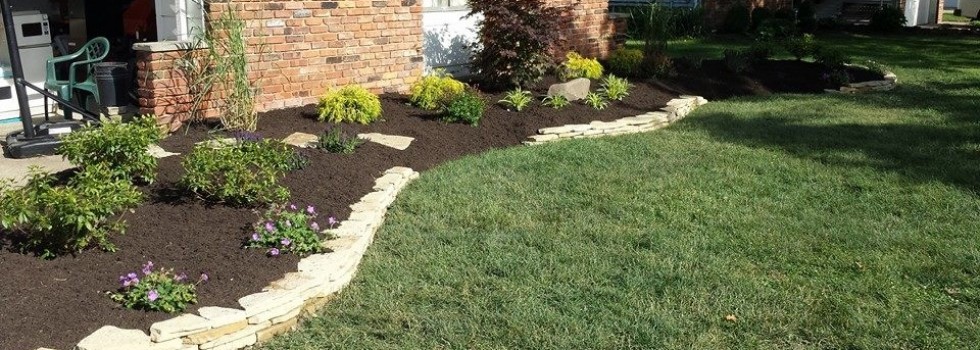4 Essential Parts of Your Landscape Design

As you research your next landscape design project, there are many variables to consider and it might feel overwhelming. In this post we aim to strip away all the unnecessary distractions and give you the bare essentials. While every home is different, there are a few integral parts to your landscape design that are vital to creating a landscape you’ll be proud to share with your friends and family. Keep reading to learn how you can apply these four essential parts to your landscape design project.
1. Unity and Balance
Whether you undertake your project alone, or work with a landscaping contractor, all elements to your home’s landscape must complement each other. When all components are in sync, the visual appeal of the space is enhanced. But when styles are mismatched and there is no theme, things can look cluttered, unorganized, or flat-out bad.
Similarly, you need to decide whether your landscape is symmetrical or asymmetrical and this must be an intentional choice. While symmetry is sometimes easier to achieve since you just need to divide your space in two, asymmetric can be more creative and interesting.
2. Lines and Paths
Before you jump in and start working, create a plan that outlines the flow of your landscape. Will your lines be curved or straight? The lines of your landscape design should match the points above, as certain themes and symmetries suit curved versus straight lines better.
If you’re space is going to have paths or walkways, you’ll need to decide whether you are going to create your own path or use natural elements. You’ll have the option to lay brick or concrete or craft a grass or stone path that leads through your yard.
3. Focal Points
Deciding what will attract attention and what will support the focal points will help you take your landscape project to new heights. For example, a statue or waterfall will naturally attract attention and focus so you’ll need to support it with complementary plants that draw the eye.
4. Transitions
In order to avoid abrupt or radical changes in your landscape design, planning the transitions will help your project look extremely professional. Understanding the continuity and flow of your landscape can prevent you from planting haphazardly. Ensure you use natural, gradual transitions to get a smooth and even look to your landscaping.